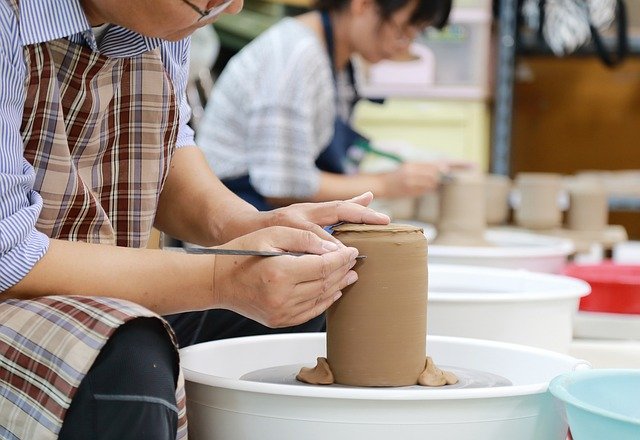Hobby Ideas for Creative Practice: Art, Painting, Drawing, Pottery
Choosing a hobby can refresh your routine, build skills, and support wellbeing. Creative pursuits like art, painting, drawing, and pottery offer flexible entry points for different schedules, budgets, and personality types. This article outlines practical hobby ideas, explains how to start, and offers project prompts and learning paths that suit beginners and returners alike.

Hobbies: How to pick a creative pastime that fits
Start by matching practical constraints to what energizes you. Consider how much time you can commit each week, whether you prefer solitary or social activities, and if you want a physically active hobby or a calm, meditative practice. Think about goals: are you aiming for relaxation, a social circle, skill development, or a way to gift handmade items? Listing these priorities clarifies which creative directions are realistic and satisfying.
Experimentation matters: try short workshops, free online tutorials, or a one-time class to test interest without big expense. Local services such as community centers, adult education programs, and art studios often run drop-in sessions that let you sample multiple hobbies before choosing one.
Art: Ways to explore creativity across mediums
Art is a broad umbrella that includes mixed media, collage, printmaking, fiber arts, and more. If you already enjoy visual exploration, try combining mediums—use drawing as a base, add paint layers, or incorporate found objects for texture. This keeps practice interesting and lets you discover which techniques resonate.
To develop a regular habit, set small, achievable projects: a weekly postcard-sized piece, a theme for a month, or a visual journal. These bite-sized commitments reduce pressure and build a portfolio of work over time. Look for community critique groups or online forums to get feedback and see diverse approaches.
Painting: Beginner approaches and project ideas
Painting is accessible at many levels. Watercolor, acrylic, and gouache tend to be friendlier for beginners because they require minimal setup and cleanup compared with oils. Start with basic color mixing, brush handling, and simple subjects like still lifes, skies, or abstract washes. Short timed studies—15 to 30 minutes—help you loosen up and focus on color and composition rather than perfection.
Project ideas: create a series of five small studies of the same subject at different times of day; try monochrome exercises to master values; or do 20-minute “no-erase” pieces to encourage decisive marks. As skills progress, consider longer studies and mixed-media approaches that combine painting with drawing or collage.
Drawing: Exercises to build observation and technique
Drawing sharpens visual literacy and underpins many other arts. Begin with observational drawing—contour and gesture exercises teach you to see proportions and movement. Use simple tools: a sketchbook and a range of pencils or charcoal. Regular short sessions (10–30 minutes daily) produce noticeable improvement faster than occasional long sessions.
Practice prompts: blind contour drawings to tune observation, thumbnail compositions to plan layouts, and value studies to understand light and shadow. As confidence grows, explore different surfaces, pen and ink techniques, and figure or portrait studies, either from life or reference photos.
Pottery: Getting started with clay and basic techniques
Pottery introduces tactile, three-dimensional creation. You can start with hand-building techniques—pinch pots, coils, and slab construction—before considering a wheel. Hand-building requires minimal equipment: clay, basic shaping tools, and access to a kiln (often available through community studios or classes). These projects are forgiving and great for exploring form and texture.
If you want to use a pottery wheel, join a local studio or community ceramics program that provides wheel time, glazes, and firing. Many offer beginner classes that cover wedging, centering, trimming, and glazing. Pottery projects are rewarding because they result in functional objects—cups, bowls, and plates—that also carry personal expression.
Conclusion
Creative hobbies like art, painting, drawing, and pottery offer varied paths for personal growth, relaxation, and skill development. Start small, prioritize consistency over perfection, and sample different mediums through local services, short classes, or online tutorials to find what sticks. Over time, simple routines and focused exercises build competence and enjoyment across a range of creative practices.





